Native encore: Amsonia tabernaemontana (eastern bluestar)
In late spring, when many native pollinator plants have either just finished or are just thinking about blooming, amsonia is putting on a real show. Its starry, powder-blue flowers top fine-textured foliage, growing 2-3 feet tall.. Drought-tolerant once established, this deer-resistant favorite is attractive to many bees,moths and butterflies. For the best display, plant en masse in full sun. Once flowering is over, gardeners can trim off the top 6 inches or so to create a tidy mound, and wait for the second act– a stunning display of brilliant gold autumn foliage.
In late spring, when many native pollinator plants have either just finished or are just thinking about blooming, amsonia is putting on a real show. Its starry, powder-blue flowers top fine-textured foliage, growing 2-3 feet tall.. Drought-tolerant once established, this deer-resistant favorite is attractive to many bees,moths and butterflies. For the best display, plant en masse in full sun. Once flowering is over, gardeners can trim off the top 6 inches or so to create a tidy mound, and wait for the second act– a stunning display of brilliant gold autumn foliage.
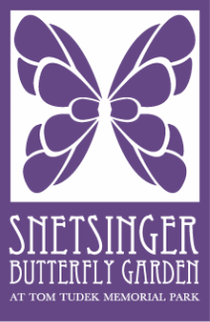
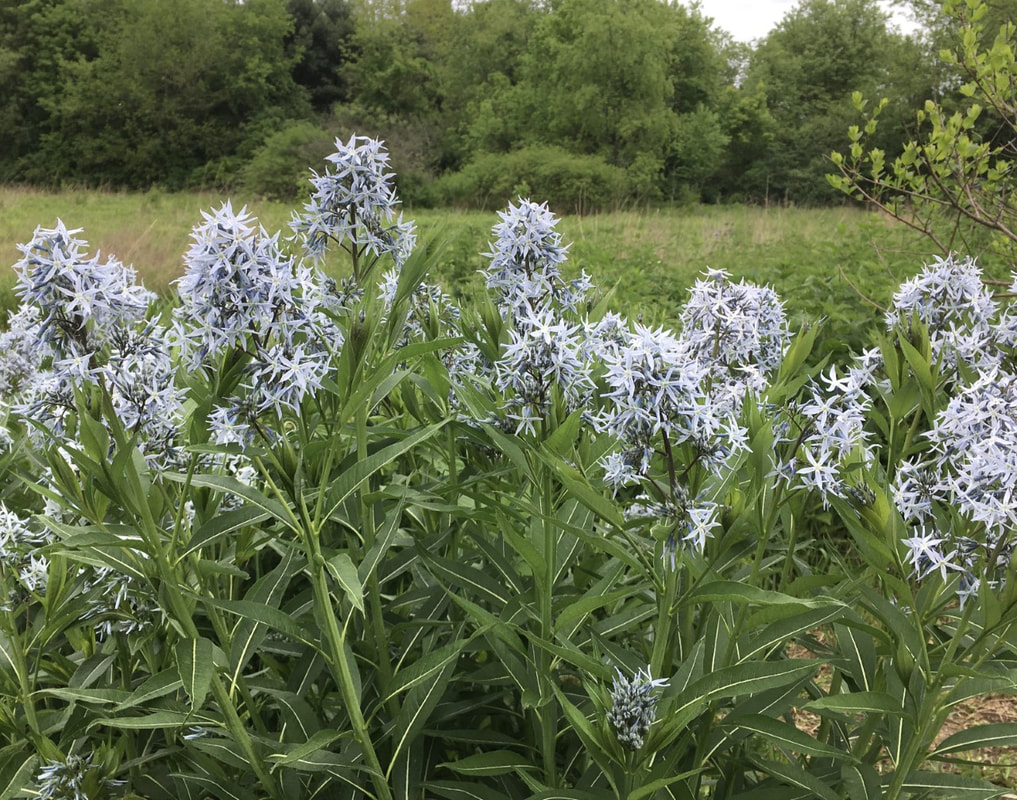
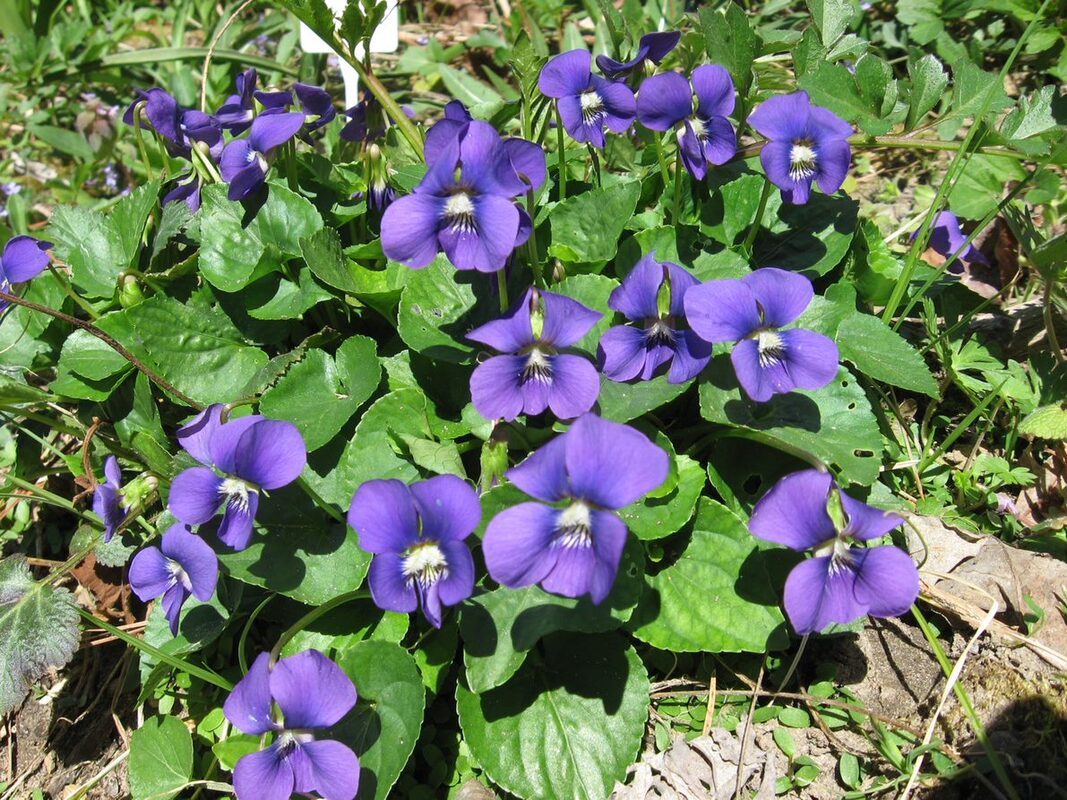
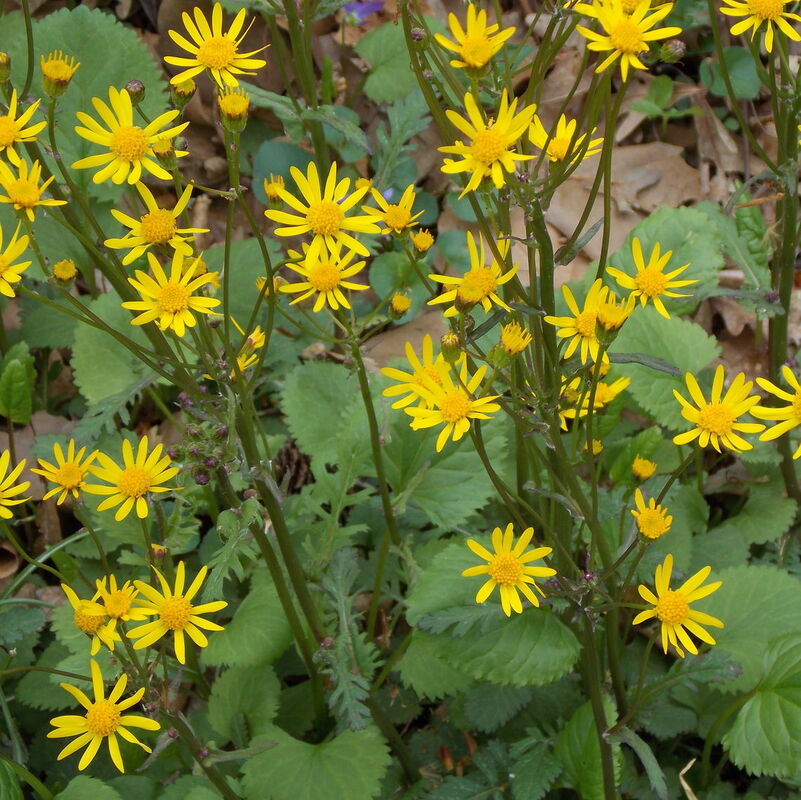
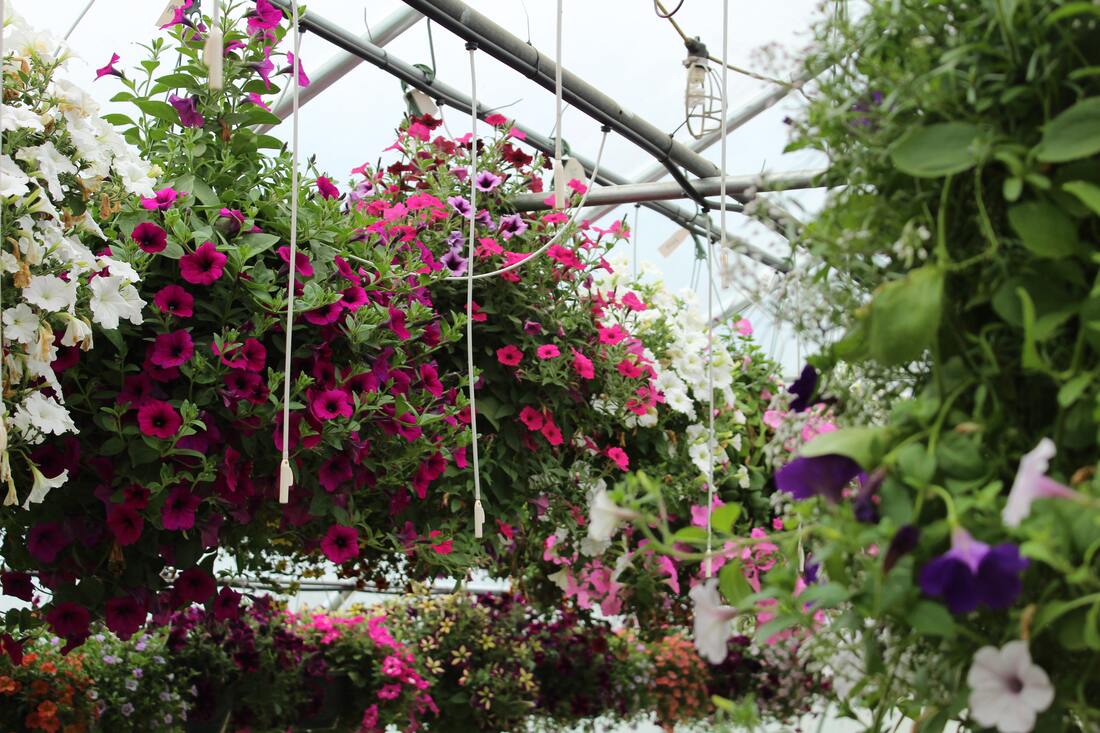
 RSS Feed
RSS Feed